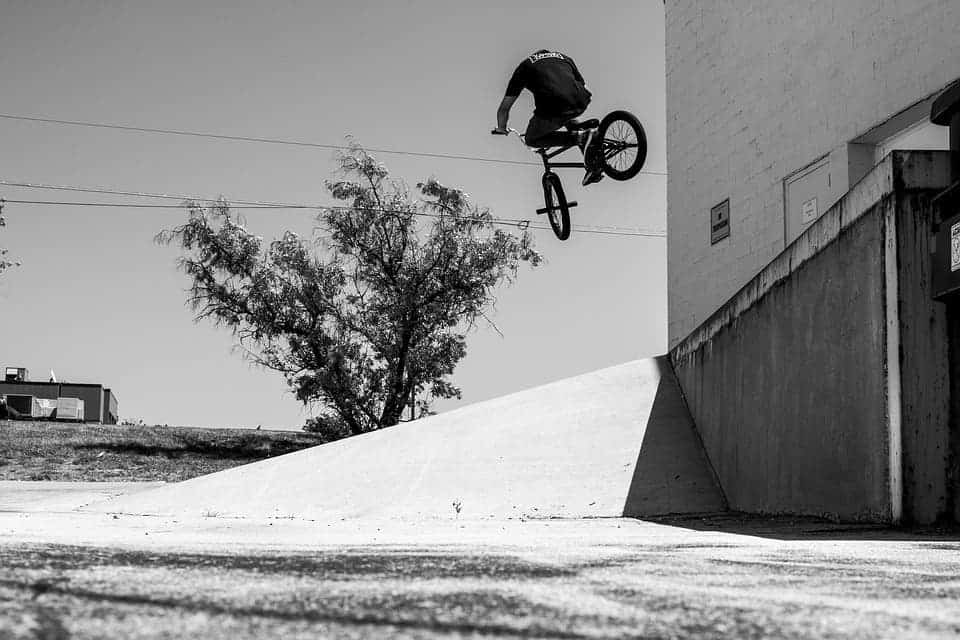Teenagers’ notorious behavior may not come down to not-yet-developed-brains that can’t control themselves, a new paper suggests. Rather, this apparent impulsivity may be the product of adolescent brains trying to learn as much about the world as they can before maturity.

The most widely-accepted neuroscience theory regarding adolescents today holds that their behavior can be traced to a slowly developing prefrontal cortex (PFC) with poor connectivity to other brain regions, particularly reward pathways. All in all, this is a recipe for disaster, as the PFC handles impulse control among other things. Not only can’t it do its job properly, but it’s not equipped to talk to any other areas of the brains — resulting in teenagers’ notorious poor impulse control and risky behavior.
It may not be true, however. A new paper looked at the evidence backing up this theory and reports that what we chalk up as a lack of control might actually be a fundamental part of adolescence: the need to explore and experience.
These meddling kids
“Not long ago, the explanation for teenage behavior was raging hormones,” said lead author Daniel Romer, Ph.D., research director of the Annenberg Public Policy Center of the University of Pennsylvania. “Now, it’s that the prefrontal cortex isn’t fully developed.”
“Neuroscientists were quick to interpret what appeared to be a characteristic of the developing brain as evidence of stereotypes about adolescent risk taking. But these behaviors are not symptoms of a brain deficit.”
The authors say that the brain development theory doesn’t take into account the different kinds of risk taking. In other words, their criticism of the theory is that while teens do engage in risky behavior, they have a particular kind of risk they’re looking for — not a broad disregard for endangering life and limb, as you’d expect from someone whose brain has poor impulse control. And by glossing over that, the development theory misses a huge part of the picture.
Teens show very high attraction to new, exciting experiences, a pattern of behavior known as sensation seeking, which peaks around adolescence. But teens exhibiting sensation seeking behavior alone aren’t more likely to suffer from issues associated with poor impulse control, such as substance or gambling addictions. Another argument the team brings to the table is that adolescent brains swim in high levels of dopamine (a key neurotransmitter that underpins the brain’s reward network, among other things). Dopamine instills a higher drive for sensation seeking in the kids on the one hand, but it also helps their brains learn from new experiences much more readily than those of other age groups.
“What’s happening is that adolescents lack experience,” Romer adds. “So they’re trying things out for the first time — like learning how to drive. They’re also trying drugs, deciding what to wear and who to hang out with. For some youth, this leads to problems. But when you’re trying things for the first time, you sometimes make mistakes.”
“Researchers have interpreted this as a lack of control when for most youth, it’s just exploration.”
#Yolo
The authors note that for the “vast majority” of teens, adolescence passes without any “substance dependence, sexually transmitted infection, pregnancy, homicide, depression, suicide, or death due to car crashes” or violence, i.e. the complications we’d expect impulsive behavior to lead to. Only a small percentage of teens, who exhibit overall impulsive behavior and weak cognitive control, are disproportionately at risk of experiencing these unhealthy outcomes. These individuals can often be identified as early as ages four or five based on “abnormalities in brain development,” says co-author Theodore Satterthwaite, M.D., a faculty member in the Department of Psychiatry at the Perelman School of Medicine at the University of Pennsylvania.
What the team suggests instead is to look at risk-taking as a tool through which teens acquire experience and learn about the world. Their model explains the increased predilection for risk-taking in adolescence as “an adaptive need” to gain the experience that will later be needed to assume adult roles and what society considers ‘proper’ behavior. It’s exactly through that experience that teens change their views towards risk and risk-taking, eventually making them more averse to risky, impulsive behavior.
“The reason teens are doing all of this exploring and novelty seeking is to build experience so that they can do a better job in making the difficult and risky decisions in later life — decisions like ‘Should I take this job?’ or ‘Should I marry this person?’,” Romer adds.
“There’s no doubt that this period of development is a challenge for parents, but that’s doesn’t mean that the adolescent brain is somehow deficient or lacking in control.”
All things considered, I think all of us remember our adolescence with a mixture of nostalgia and quite a bit of astonishment at the things we were willing to do, and very often did do. Perhaps not our proudest choices but they were fun, novel, and above all, exciting, even if some were objectively quite Bad Ideas. It’s those experiences that made us who we are today — and hopefully, we’re that much wiser because of them.
The paper “Beyond stereotypes of adolescent risk taking: Placing the adolescent brain in developmental context” has been published in the journal Developmental Cognitive Neuroscience.


